The woman in green who won the Khaki election
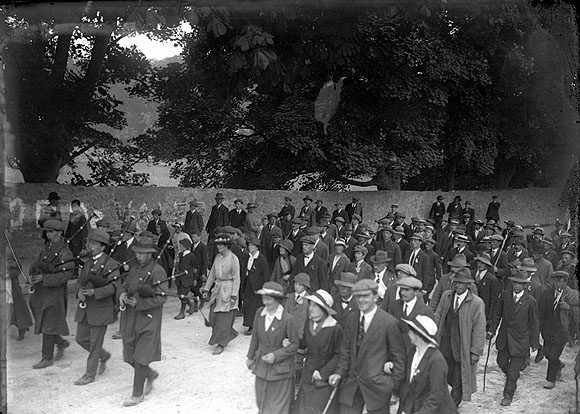
...Labour as well as the only woman to serve in the newly-formed Dail Eireann (Irish Parliament), until she left the government in protest against the Anglo-Irish treaty. Map of 1918...

...Labour as well as the only woman to serve in the newly-formed Dail Eireann (Irish Parliament), until she left the government in protest against the Anglo-Irish treaty. Map of 1918...
...confidential go-between, conveying messages between them. From the outset, Lloyd George assumed total control in a way unknown to Herbert Henry Asquith or his predecessors. He appointed a five-man War...
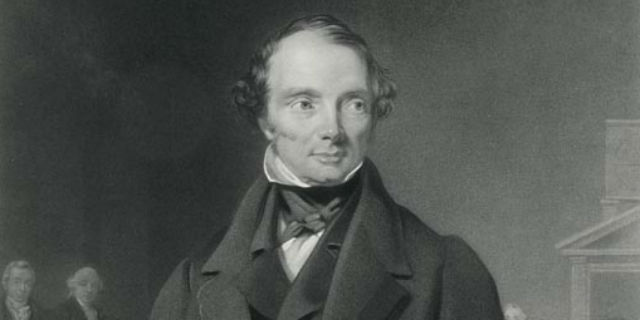
...in the 1830s. He advocated co-operation with the Irish leader Daniel O’Connell and conciliation of Catholics through Irish Church and institutional reform – a policy which divided and radicalised the...
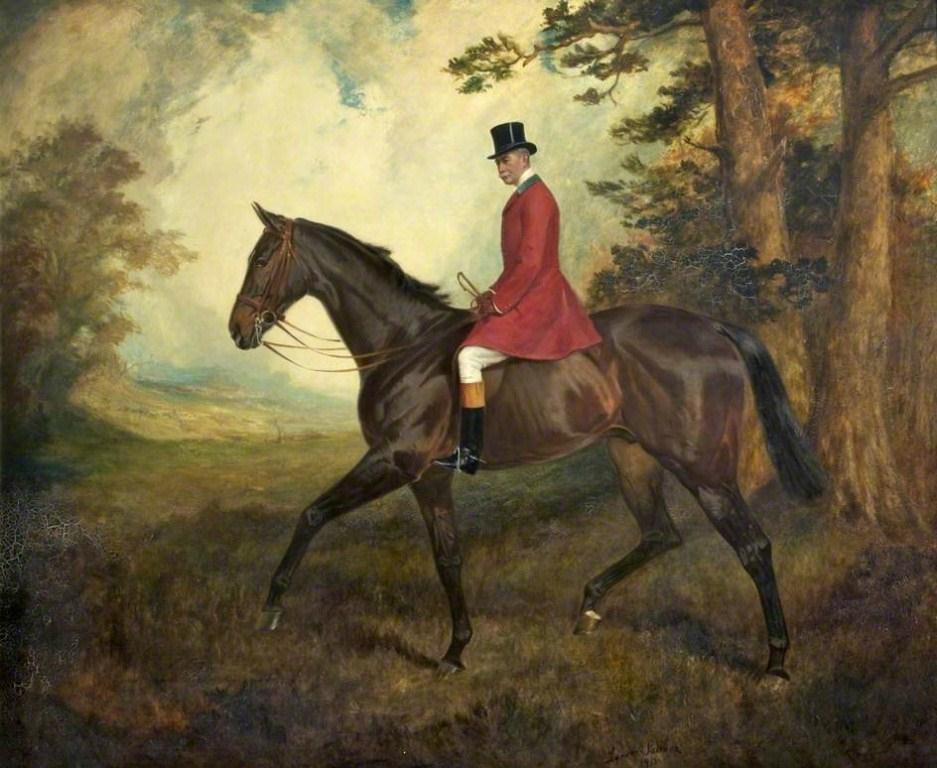
...negotiations between the British and Irish governments. As early as 1922 correspondence in the official records from the Irish authorities states that, “All the land within our borders come under...
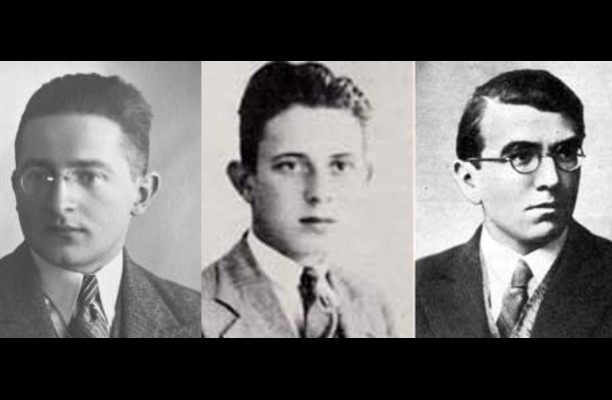
The 3 Polish codebreakers Marian Rejewski, Jerzy Rozycki and Henryk Zygalski ‘Il y a du nouveau’ On 26 July 1939, in the Pyry Forest south of Warsaw, Polish cryptologists revealed...
...of 1673 and 1678, all non-Anglicans had been barred from holding political office in Britain. In 1828, the matter came to a head when the veteran Irish political activist Daniel...
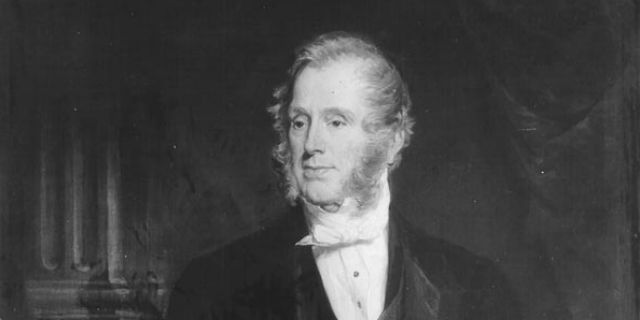
...Government Art Collection The Temple family were Anglo-Irish landlords with no long tradition of political eminence, but Palmerston, who inherited the title at the age of 17, wanted to change...
...Not that the going was always smooth between these Foreign Secretaries and their Prime Ministers. Castlereagh’s diplomatic tour of Europe between 1814-15 took him to the Hague, through Germany, into...
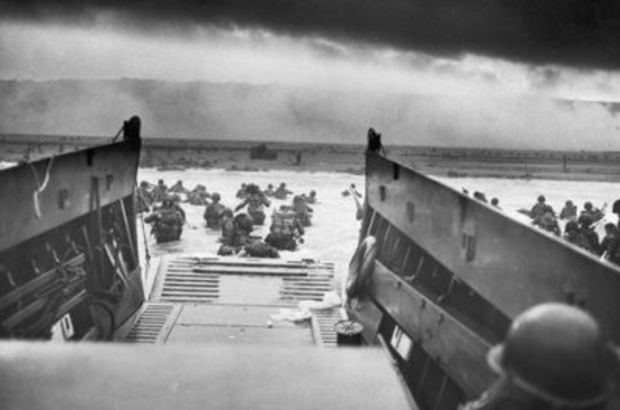
...overall codename for the Allied invasion of occupied north-western Europe. After months of detailed planning, involving much discussion, a certain amount of friction between Allied military and civilian authorities, and...
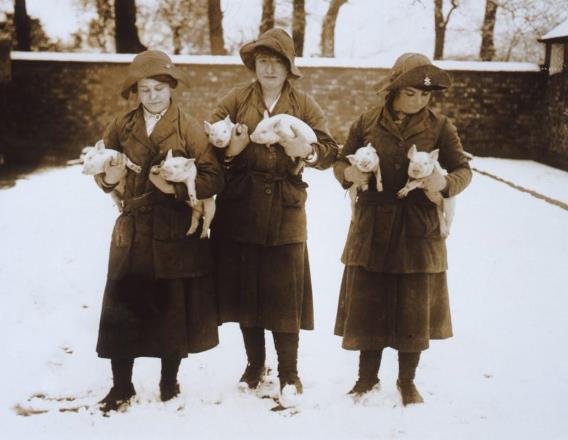
...that symbolised their service to the war (Figures 3 and 4); a code of conduct (although this was not uniform across the counties), and faced disciplinary action for misdemeanours.[12] Whilst...